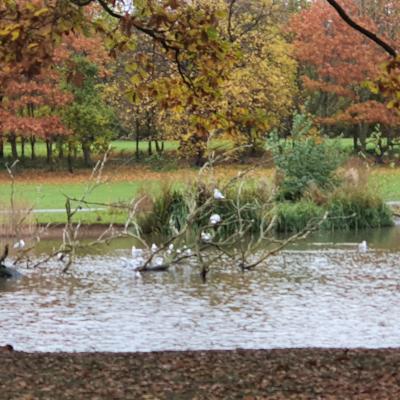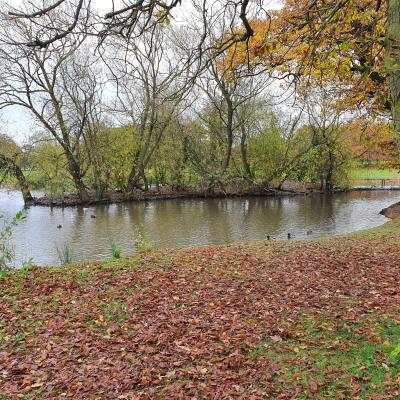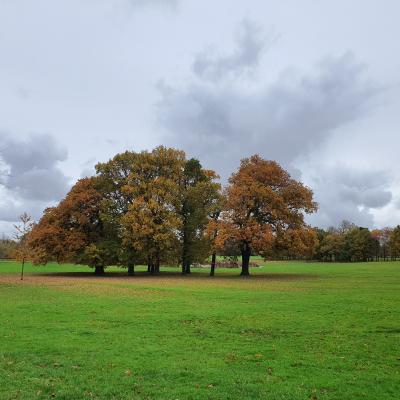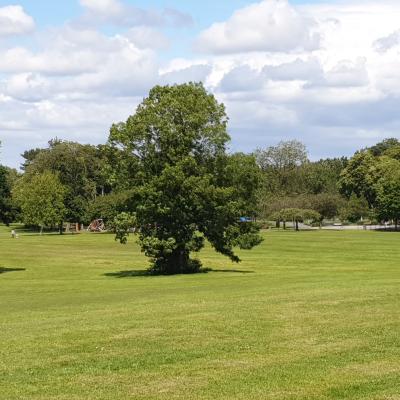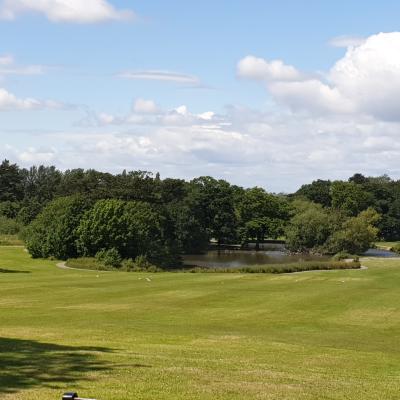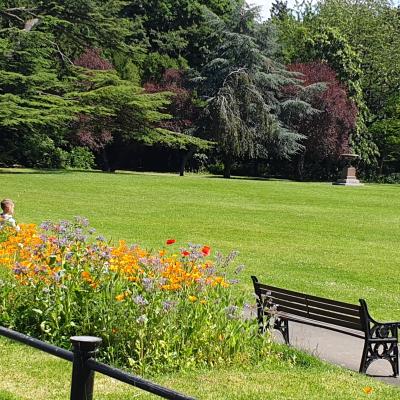
One Year On: South Bank’s Platform Two Remains Silent After Footbridge Closure
A Station Divided — The Impact of Infrastructure Loss on Eastbound Rail Services
It has been exactly one year since South Bank railway station’s platform two fell silent. On 10 October 2024, Redcar & Cleveland Borough Council announced the immediate closure of the station’s footbridge following safety concerns raised during a routine inspection. The bridge, which provided the only access to eastbound services towards Redcar and Saltburn, was deemed structurally unsafe and sealed off without prior notice.
Since then, trains travelling eastbound through South Bank have ceased to stop at the station, leaving platform two unused and inaccessible. Westbound services to Middlesbrough, Darlington, and Bishop Auckland continue to operate as normal from platform one, but the station remains functionally halved — a quiet reminder of the fragility of local transport infrastructure.
Timeline of Events
| Date | Event |
|---|---|
| Early October 2024 | Routine inspection of South Bank station footbridge identifies structural concerns. |
| 10 October 2024 | Redcar & Cleveland Council announces immediate closure of the footbridge via social media. |
| Mid–October 2024 | Eastbound platform two becomes inaccessible; Northern Trains reroute services to pass through South Bank without stopping. |
| November 2024 – March 2025 | No public updates issued regarding repair plans or alternative access. |
| Spring 2025 | Local transport groups raise concerns about accessibility and service gaps. |
| October 2025 | One-year anniversary of platform two’s closure; no confirmed timeline for bridge repair or replacement. |
The Role of the Footbridge
The footbridge at South Bank station was more than a structural link — it was a vital access point for passengers travelling eastbound to Redcar, Marske, Saltburn, and beyond. Owned and maintained by Redcar & Cleveland Borough Council, the bridge connected platform one (westbound) to platform two (eastbound), and also served as a pedestrian route to the northern side of the station.
Its closure effectively severed the station’s ability to serve eastbound passengers. Without alternative access — such as a subway, lift, or second entrance — platform two became unusable overnight. Trains that once stopped at South Bank en route to the coast now pass through without pause, leaving residents with fewer travel options and longer journey times.
Passenger Impact and Accessibility Concerns
The closure has had a disproportionate impact on residents who rely on eastbound services for work, education, and leisure. South Bank, located in the borough of Redcar and Cleveland, serves a community with limited transport alternatives. For many, the station was a lifeline — offering direct access to coastal towns, employment hubs, and regional connections.
Passengers now face the inconvenience of travelling west to Middlesbrough only to double back eastward, adding time and cost to their journeys. For those with mobility issues, the lack of access to platform two presents a serious barrier. The station’s remaining infrastructure does not offer step-free access to the north side, and no temporary measures have been introduced to mitigate the loss.
Council Response and Infrastructure Challenges
Redcar & Cleveland Borough Council, which owns the footbridge, cited urgent safety concerns as the reason for the closure. While the decision was made in the interest of public safety, the lack of a published repair plan or timeline has drawn criticism from transport advocates and local councillors.
Inquiries into the bridge’s structural condition have revealed that corrosion and age-related wear were contributing factors. However, funding constraints and competing infrastructure priorities have delayed progress on refurbishment or replacement. The bridge’s ownership by the local authority — rather than Network Rail — complicates matters, as responsibility for repairs does not fall under national rail budgets.
Broader Implications for Teesside Rail Connectivity
South Bank’s partial closure is emblematic of wider challenges facing Teesside’s rail network. Ageing infrastructure, fragmented ownership, and limited investment have left several stations vulnerable to disruption. While major hubs like Middlesbrough and Darlington benefit from upgrades and redevelopment, smaller stations often struggle to secure funding for essential maintenance.
The loss of platform two also affects service planning. Train operators must bypass South Bank on eastbound routes, reducing connectivity and limiting options for timetable expansion. For a region seeking to improve public transport and reduce car dependency, such gaps undermine broader strategic goals.
Community Response and Calls for Action
Local residents, transport campaigners, and accessibility advocates have called for urgent action to restore full functionality to South Bank station. Suggestions include:
- Bridge Repair or Replacement: A funded plan to restore safe access to platform two.
- Temporary Access Solutions: Installation of a modular ramp, lift, or staffed crossing point.
- Public Consultation: Engagement with residents and passengers to understand travel needs.
- Transparency: Regular updates from the council on progress, funding, and timelines.
Community groups have also proposed integrating the station into wider regeneration efforts, arguing that improved transport links are essential to economic recovery and social mobility in South Bank and surrounding areas.
Looking Ahead: What Needs to Happen
As the station enters its second year of partial operation, the need for decisive action grows more urgent. Restoring access to platform two is not merely a matter of convenience — it is a matter of equity, safety, and regional development.
Key steps include:
- Structural Assessment: A full engineering review to determine repair feasibility.
- Funding Allocation: Securing capital from council budgets, transport grants, or levelling-up funds.
- Stakeholder Coordination: Collaboration between Redcar & Cleveland Council, Network Rail, Northern Trains, and transport bodies.
- Public Communication: Clear, accessible updates to inform and reassure passengers.
South Bank’s platform two stands as a symbol of interrupted journeys — not just for trains, but for the people and communities who depend on them. One year after the footbridge closure, the station remains divided, and the silence on platform two continues.
Restoring access will require more than engineering — it will require commitment, coordination, and a recognition that every station, no matter how small, plays a vital role in the life of its community.

